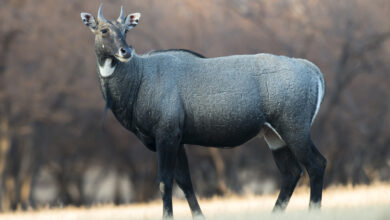
Cherokee citizens can now collect wild indigo, river cane, wild onion, hickory, bloodroot and other plants at Buffalo National River. Photo Credit: National Park Service
Society USAIndigenous Tribe Can Now Collect (and Protect) Plants in National Park
The Cherokee Nation has been granted permission to gather ancestral plants along the Buffalo National River in Arkansas, the United States, and intends to dedicate a part of their reservation to the protection of culturally and medicinally significant plants.
“Buffalo National Park is remarkably botanically diverse and contains a number of plants that are important to Cherokee culture,” Chad Harsha, Cherokee Nation’s secretary of natural resources. “It’s important that Cherokee Nation takes steps to protect, in particular, medicinal plants because the knowledge of those plants is something that is in scarce supply these days,” adds Chuck Hoskin Jr., principal chief of the Cherokee Nation.
Under the new agreement with the National Park Service, 76 different plants growing within the park’s bounds include wild indigo, river cane, wild onion, hickory, bloodroot, and sage. Buffalo National River was established in 1972, becoming the country’s first national river. The Cherokee Nation is the largest Native American tribe in America with some 390,000 citizens around the world, including around 141,000 living within the reservation. The tribe’s leaders intend to set aside 405 hectares to create the Cherokee Nation Medicine Keepers Preserve where significant plants will be protected to “revitalize land-based ways of life among younger Cherokees with the hope that they are continued for generations to come,” says Clint Carroll, an ethnic studies expert at the University of Colorado Boulder and a Cherokee Nation citizen.



